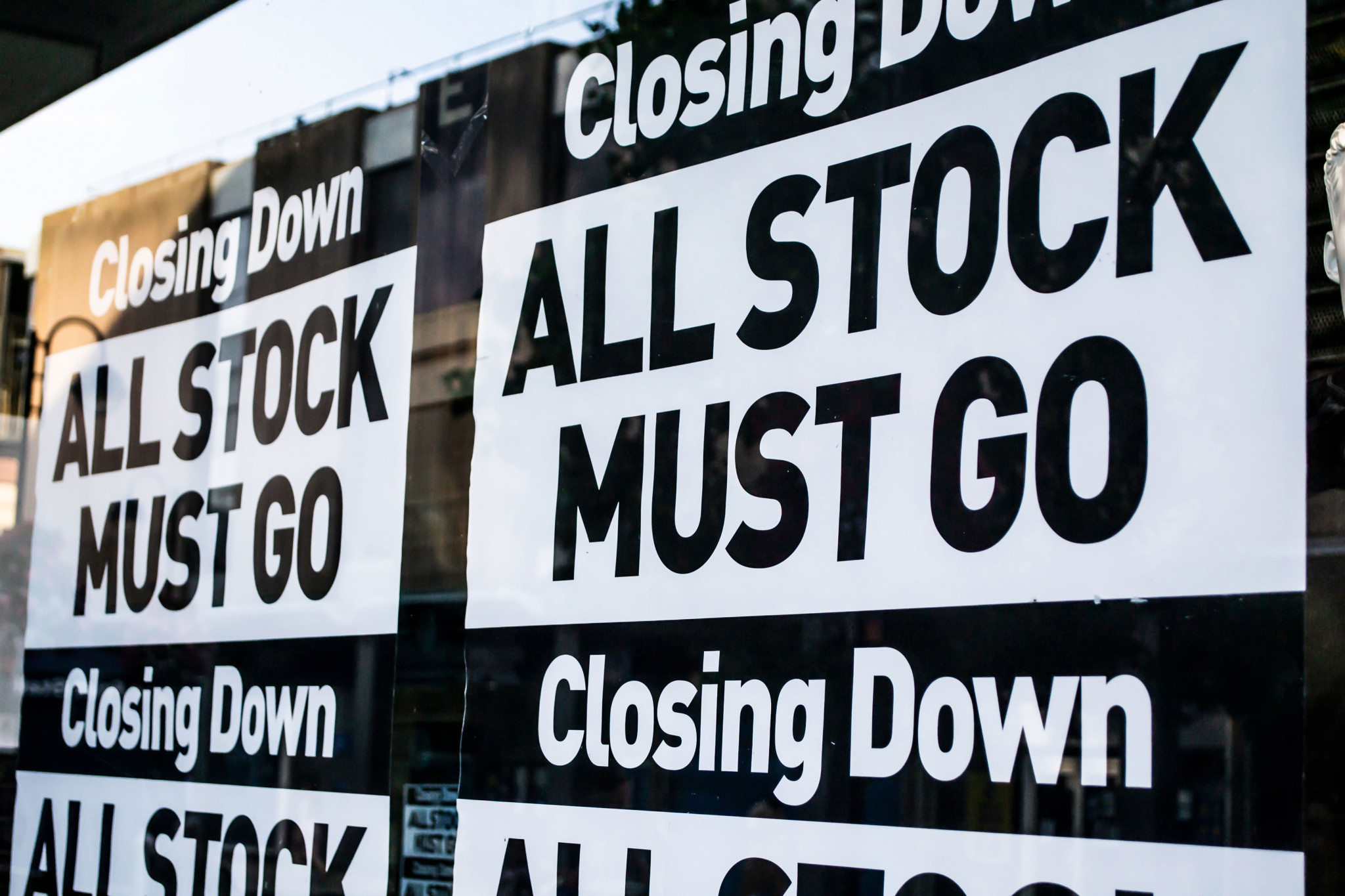Dr Jake Monk Kydd reflects on the rising challenges facing high streets and wider communities as further closures sweep the country.
Heraclitus, who died some 2,500 years ago, reportedly said that the only thing constant was change. His views on shopping, pubbing and clubbing are not known but his claim certainly applies to all three. For many the decline of these has come as a surprise with much lamenting of the demise of the high street, the local pub and perhaps too of a once favourite club. So, what has changed here and where is it heading? Goodbye.
The decreasing number of shops and pubs is well documented. In most towns and many villages repurposed shops and pubs can be easily identified by their distinctive architecture. Like the shrinking number of banks (this month Santander announced the closure of 95 more branches), shops have struggled to attract enough customers required to sustain a viable business. This decline applies to pubs and clubs for the same basic reason. While shopping online has fundamentally changed consumer behaviour the impact of other changes can also been seen.
In the retail sector over 12,000 shops closed in the UK last year. This month the supermarket chain Morrisons have also revealed that they are closing a substantial number of in-store cafes, service counters and convenience stores as they slip behind ALDI in the never-ending supermarket wars.
Morrisons stand to represent the issues facing all three sectors. As consumers we are faced with an almost limitless array of choices from what to buy, where to buy, and when to buy. While the pandemic, Brexit, the cost-of-living crisis can all be blamed for various ills these mask the underlying issue of changing consumer preferences.
In the UK more than one pub a day called last orders for the last time during 2024 with the total number of establishments falling to below 40,000 for the first time. Things are even bleaker with night clubs with a night-time industries association recording club numbers falling from around 1,700 venues in 2013 to some 790 now. Many of the remainder are still under threat of closure. While the economic impact can be enormous there are others who are benefitting.
The loss of pubs we rarely use or night clubs that haven’t changed to meet current tastes is unsurprising. Consumers’ money and choices always shift over time, the shopping, drinking and leisure sectors need to adapt to meet this. You may, for example, have noticed venues that offer axe throwing or neon lit crazy golf. Like laser tag and paintballing they become popular quickly, but how long until the buyers move on to the next new thing? Meanwhile the consumer rush to buy expensive tickets for a must-see stadium concert or popular festival comes at a cost that is measured in monetary terms and in part the gaps on the high streets and closed entertainment venues. The challenge isn’t on pointlessly trying to turn back the clock to some golden age but how to adapt to consumer tastes, budgets and choices as being sometimes fickle and always limited.
Dr Jake Monk Kydd is Senior Lecturer in Christ Church Business School.
 Expert comment
Expert comment Jeanette Earl
Jeanette Earl 1360
1360


